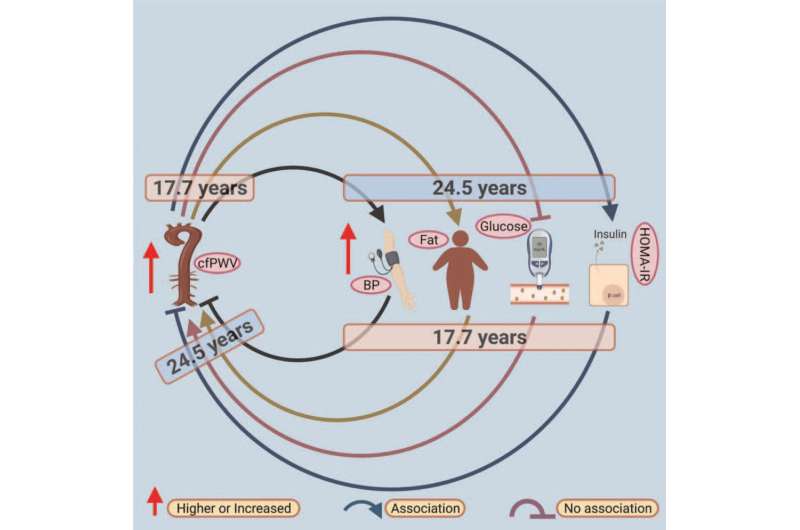
The prevalence of hypertension and obesity has been on the increase globally, despite the targeted effort at promoting weight loss, increasing physical activity, and decreasing sedentary time in the general population. This global challenge informed a recent scientific statement from the American Heart Association on further research into obesity and hypertension in order to mitigate this health burden.
Among middle-aged and older adults, arterial stiffness has been established as a strong predictor of cardiovascular events and all-cause mortality. Hence, a few clinical trials among adults are currently ongoing that examine the likelihood of reversing arterial stiffness. However, among children, adolescents, and young adults, arterial stiffness has been consigned to an intermediate marker of cardiovascular disease and death that occurs in middle age, no thanks to limited longitudinal data and repeated measures of arterial stiffness in a fairly healthy growing young population.
Also, the clinical utility of arterial stiffness as a risk factor for early vascular and metabolic diseases is largely unknown in pediatrics. In this review, recent prospective evidence in a large adolescent population and a middle-aged population that emphasized the value of arterial stiffness as a novel risk factor for hypertension, overweight/obesity, insulin resistance, dyslipidemia, and type 2 diabetes mellitus were summarized. It is often asked what are the risk factors for higher arterial stiffness in adolescents? It is known that maternal smoking habits, early life smoking patterns of adolescents, high salt intake, genetic inheritance, obesity, and elevated blood originating in childhood may contribute to higher arterial stiffening in adolescence.
Source: Read Full Article
